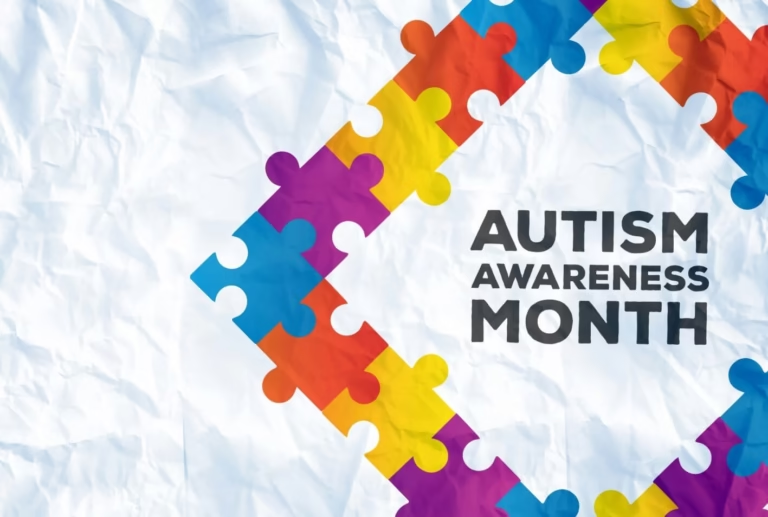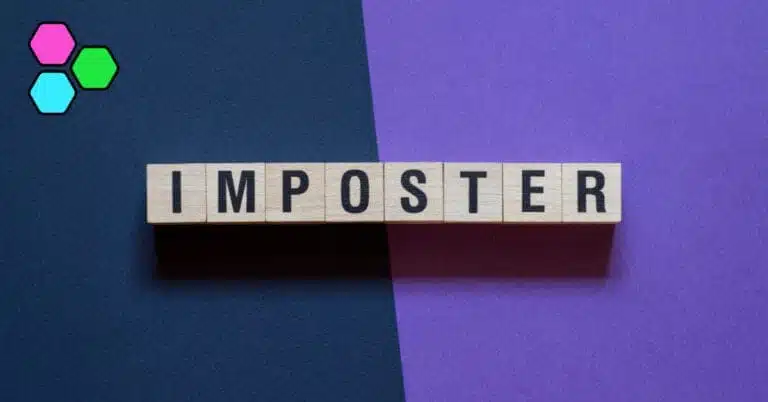If you’ve spent any time working in a corporate environment, then you’ve no doubt experienced the frustration of seeing your Outlook calendar jam-packed with back-to-back meetings. While attendance is often mandatory, knowing how to effectively participate in a meeting can make these sessions more productive and a lot less overwhelming.
Research shows that over the last 50 years the average time people are required to participate in a meeting has increased significantly, to the point where today’s executives spend around 23 hours a week in them. That’s more than half of the typical working week, literally sat in meeting rooms!
The Impact of Unproductive Meetings
The frustration on employees is being felt keenly, with a Harvard Business Review study revealing that 71% of managers find meetings to be unproductive and inefficient, while 64% feel they prevent deep, focused work.
This time redundancy impacts businesses significantly. A University of Amsterdam study of 20 organizations found a causal link between dysfunctional meeting behaviors, such as frequently deviating from the agenda, and companies losing their market share.
As an autistic professional, none of this surprises me. I get frustrated when someone goes off on a tangent and would much prefer meetings to be purely functional. In my ideal world, we’d all come together, speak about what needs to be spoken about, and then leave, right?
Fellow autistic Elon Musk certainly agrees. It’s well known that in the companies he runs, anyone who’s not participating in a meeting is expected to leave the room without fear of judgement.
Then there’s Jeff Bezos’s two-pizza rule that I also quite like, where the number of people in a meeting should never exceed the number it takes to consume two pizzas.

The Balance Between Function and Form
However, as much as I’d like to adopt these policies in my workplace, I’ve also observed that from a neurotypical perspective, meetings act as important social touchpoints and are often a place where people come together to build and maintain relationships, before, during and after the event.
Weighing it all up, as autistics we need to try and find a middle ground, where function meets form. Since many of us lean towards a functional preference, it means we need to do a little bit of learning to ensure that we’re participating effectively in meetings.
In this article, we’ll explore strategies to help you prepare for and participate in a meeting, covering the important functional aspects while at the same time navigating the implicit neurotypical expectations.
By the way, while it’s important to know how to operate in a neurotypical work environment, it’s just as important to find a career that meets your needs.
Our free career-matching tool is designed to help autistic individuals find roles suited to their strengths. Go ahead and try it out (after you’ve read this article of course!).

Preparing to Participate in a Meeting
Before You Participate in the Meeting, Understand the Purpose and Objectives
In the words of Benjamin Franklin, “by failing to prepare, you are preparing to fail”.
While this may seem fairly obvious, the first thing to consider is whether you actually understand the purpose of the meeting you’re about to attend. You’ll be surprised by how many people don’t.
Sometimes it’s the result of a lack of clear objectives being communicated by the meeting organizer, but other times it’s caused by a lack of due diligence on the individual’s part, where they’re hoping to catch up on what’s happening during the discussion.
The problem with “winging it” is it generally leads to poor quality results and appearing unprepared can undermine your professionalism and cost you credibility in the room. It’s always best practice to understand the meetings’ main objectives beforehand to ensure you can contribute effectively.
If you don’t, then speak to the meeting organizer and seek clarification beforehand. Trust me, this definitely isn’t time wasted, because you may actually discover that you’re not able to contribute to the objective, or that you’re not the best person to do so. If this happens, then you can reach an agreement to be freed from a meeting that you would otherwise have wasted your time attending.
Once you understand the meeting objectives clearly, then you should review any pre-meeting materials such as the agenda or discussion points. As you do so you, begin to think about how you can participate in the meeting. How are you going to contribute to achieving the meeting objectives?
If you’re speaking on behalf of your team, organization or stakeholders, have you spoken to them in advance, and do you have a clear understanding of their position?
Know Your Own Personal Goals
In addition to the meeting agenda, take some time to prepare your own personal agenda. What exactly do you want to get out of the meeting? Do you need to persuade someone else to do something on your behalf? (top tip here – if you do, then warm them up to it before the meeting).
Is there a development objective that’s likely to fall out of the meeting, such as volunteering for a piece of work that could get you noticed by senior management?
Remember, every interaction brings an opportunity, so before entering the meeting be sure to have reflected on any potential opportunities and how you can mine them.
Prepare According to Strategic Value
The level of preparation you invest before each meeting will largely depend on its strategic value to you and others. You wouldn’t spend hours prepping for an informal weekly catch up between colleagues but you would for a quarterly strategic review.
The art is in knowing where to invest your time and energy for maximum return, when the return is enhancing your personal credibility, having a more productive discussion and making better decisions.

Participate Effectively in the Meeting
Arrive Early and Build Rapport
The British Army has a rule to always to arrive five minutes earlier than expected. This is good advice in the context of a meeting where you’re looking to participate effectively.
You see, not only does it signal that you’re punctual and keen, it also allows you to have some important networking time before the meeting starts.
During this time, make an effort to engage in small talk, because it helps people to relax and warm to you. It creates a positive atmosphere in the room before you start and makes it easier to transition into the serious discussions.
When you’re trying to ‘get stuff done’, I can’t stress enough how important it is to have rapport with the people in the room before asking for something. This is especially the case if it requires their time and effort. If they’ve already warmed to you, then they’re far more likely to work with you than push back.
Practice Active Listening
If you’ve ever had to participate in a meeting, especially at management level, one of the things you’ll notice is the number of people on constant transmit. They do plenty of talking and interrupting with little to no pauses between different speakers taking turns.
What this suggests is that there isn’t a great deal of thinking and listening happening, with people only wanting to get their own individual points across. This is one of the things that contributes to an unproductive meeting where everyone leaves the room feeling as though nothing tangible has actually been achieved.
You’re not going to make this mistake. When the meeting starts, you’re going to use something called ‘active listening’, which is a term you’ll have seen me use in a few of my other articles.
Active listening is crucial for autistics whose minds tend to wander with such thoughts as “How can I say this without coming across as insensitive” or “Does this person actually like me” or my own personal favorite, “Am I pulling a strange face right now”. I speak from experience!
Active listening is a crucial communication skill that involves you being fully tuned in to what the speaker is saying. While listening is simply hearing the words, active listening goes much further and involves hearing the words plus making a conscious effort to understand the thought as it’s being articulated; the meaning, the context and the emotion behind it.
We know that autistics struggle to interpret some forms of communication, but my own personal belief is that active listening offers the greatest chance of bridging that gap.
When we do so, we’re building a much richer picture of what the other person is communicating and I know in my case when I’m actively listening and not simply hearing, I can use logic to infer how the other person may be feeling, even when I don’t instinctively feel those emotions myself.
Ask Thoughtful Questions to Participate in the Meeting
Another way to ensure that everyone contributes is to make less statements and ask more questions. This causes those around you to stop thinking about their own agenda for a moment as they’re forced to consider and deliver a response.
Imagine the productivity as a fire that’s being smothered by the constant talkers. By asking thoughtful questions you’re adding oxygen and feeding the flames by encouraging people to think and listen more.
Show Your Hands
The next point relates to body language. You won’t hear too many people say this, but assuming you’re in a meeting room and not a virtual meeting, my next bit of advice is to keep your hands where others can see them.
If you think about the times when you’ve had an awkward or difficult conversation, have you ever noticed how the hands quickly disappear, under the table or into pockets or inside of sleeves?
From an evolutionary standpoint, people like to see the other persons hands to know if they can trust them. Think about it. If you’re a caveman or cavewoman, you need to know whether the person walking towards you is carrying a weapon and intends to harm you. It’s even why we shake hands.
It’s no different in the meeting room where hands convey intention and trust. If possible, rest your hands gently on the desk in front of you or some other place they can be seen.
Be Mindful of How You’re Perceived
When it’s your turn to speak in the meeting, you want to ensure that you make a good impression. You don’t ever want to be perceived as negative or difficult.
Always frame your words in a positive way, for example, instead of saying “That idea isn’t going to work” without offering any solution, you’d say “I do like the sound of that, my only slight reservation would be X, so what if we considered Y instead”.
You’re not being overtly critical or negative and at the same time you’re offering the solution and not necessarily creating further work for people.
You have to remember that there’s likely to be a proportion of people in the room who quite like the idea you’re standing against, and the aim of the game is to bring them with you in seeing things your way, not to turn them against you.
If you’re overly negative or critical they may take it personally, and you’ll never achieve your aim.
Manage the Dominators
The final piece of advice is around managing dominant colleagues during meetings. I already touched on the problem of people speaking but not listening, and it’s an unfortunate reality that the higher up you go the more egos you’re likely to encounter.
It’s important not to let any one person dominate the meeting otherwise the conversation won’t reflect the group as a whole which in turn can lead to poor decision making.
It’s the role of the meeting chair to facilitate the meeting, but if it’s not being done effectively then you might need to step in and play the role of traffic cop.
This means purposefully batting the conversation to someone else with a comment such as “I’d like to hear Jenny’s opinion on this, what do you think” or “Let’s find out what the rest of the group think about this”. By doing so, you’re actively taking the ball away from the meeting dominator.
Another simple yet effective tactic is to refer to the dominator by their own name. For example, as they were rambling on you would find an opportune moment to say, “James, I think that’s a great point but I’m aware we also need to discuss how we…”.
This breaks their train of thought by activating the part of their brain that processes their personal identity, which forces them back into the present moment and causes them to relinquish the conversation without you being rude or embarrassing them.
Conclusion
Whether we like it or not, in the modern workplace meetings are a part of daily reality for many, but that doesn’t mean that they have to be frustrating or unproductive. By practicing these strategies, you can turn meetings into an opportunity to build relationships and showcase your professionalism while at the same time driving meaningful outcomes.
As autistics, it’s important to reflect on the social role that meetings play, but with practice and some strategic understanding we can balance our need for function with the majority need for form.
Unlock Your Full Potential with The Autistic Boss!
Join our newsletter for expert insights, practical advice, and exclusive access to free resources designed to help autistic professionals thrive in the workplace. Be the first to receive new content, updates on our latest offerings, and tools tailored to your success.
✨ Start now by exploring our free Autistic Career Matching Tool – discover careers that align with your strengths and needs! → Try it here
📩 Want more? Sign up for our newsletter at the bottom of this page to stay informed and empowered on your career journey!






















